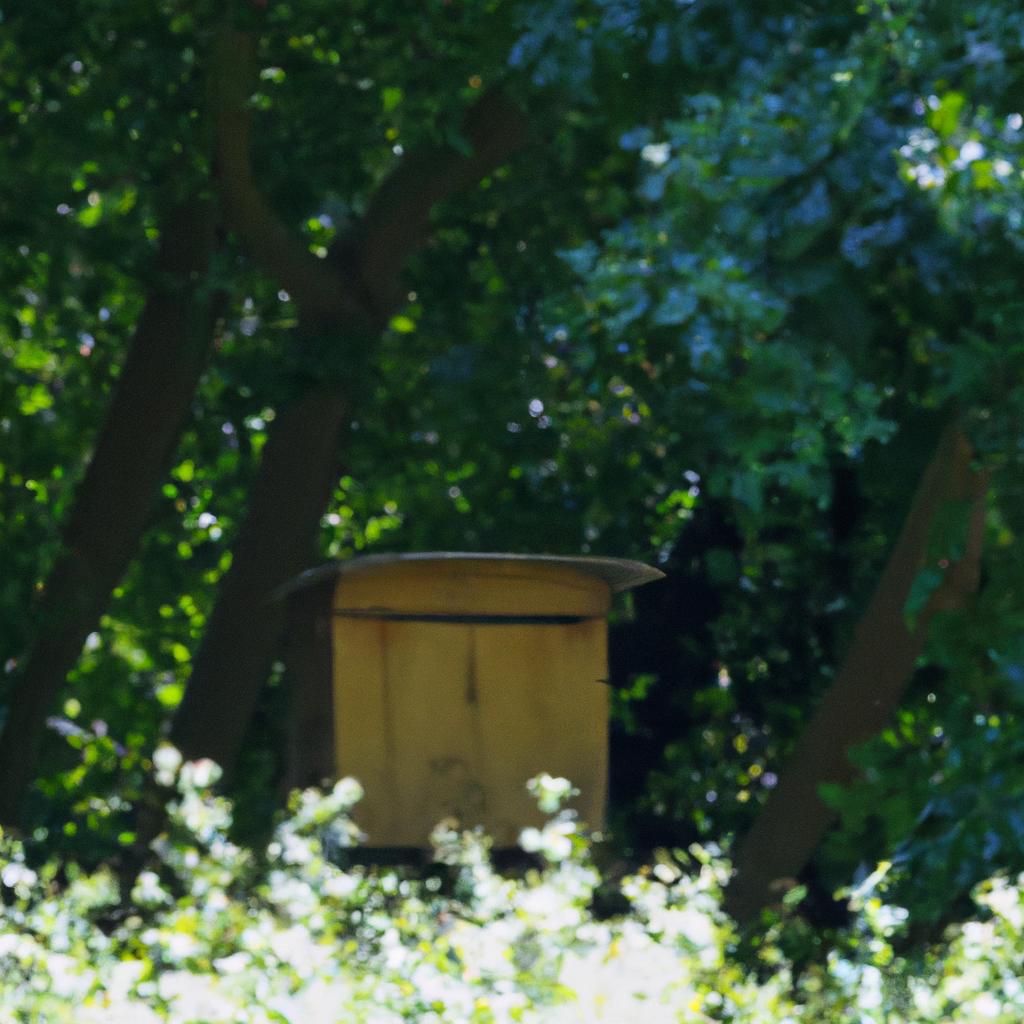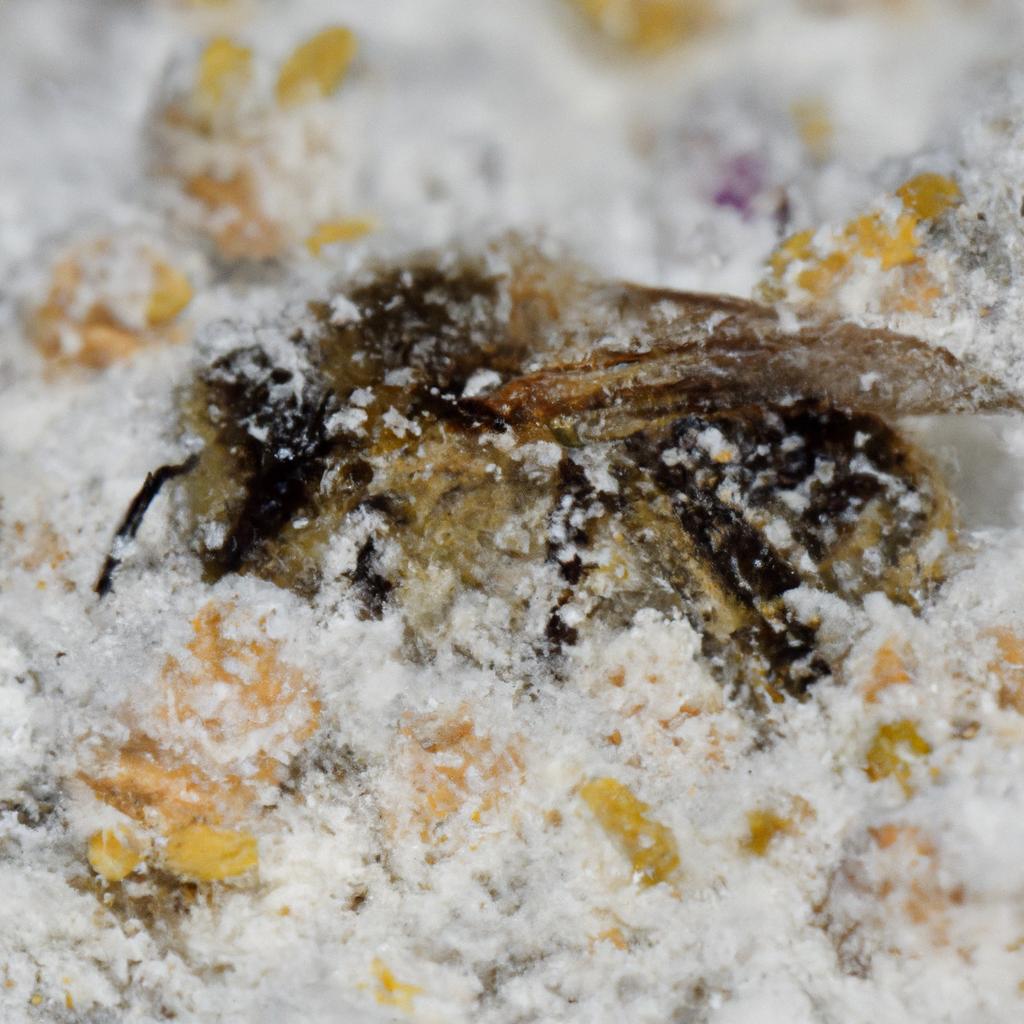As pollinators, bees play a vital role in our ecosystem. They help plants reproduce, maintain biodiversity, and support the food chain. However, understanding their behavior can be challenging, especially when it comes to how far they can travel from their hive. In this article, we’ll explore various factors that affect bee travel distance, how bees navigate, their maximum distance, and challenges they face during long-distance travel.
Factors Affecting Bee Travel Distance

The distance bees can travel from their hive depends on various factors. One of the most significant factors is the type of bee species. For instance, honeybees can travel up to 6 miles from their hive, while bumblebees can travel about 1 mile. Other factors that affect bee travel distance include weather conditions and availability of food sources.
Weather conditions can significantly impact bee travel distance. Bees tend to avoid flying in windy or rainy conditions. They also tend to stay closer to their hive during colder months. In contrast, bees are more active during warmer months, allowing them to travel greater distances in search of food.
Availability of food sources is another critical factor in bee travel distance. Bees need to visit flowers to collect nectar and pollen, which are essential food sources. When food sources are scarce, bees will travel longer distances to find them. This is why bees tend to travel further in rural areas with more abundant vegetation than in urban areas with fewer flowers.
In conclusion, various factors affect bee travel distance, including the type of bee species, weather conditions, and availability of food sources. Understanding these factors can help beekeepers and farmers make informed decisions about hive placement and crop management.
Basic Bee Navigation

Bees have a remarkable ability to navigate and find their way back to their hive, even when they travel several miles away. Bees use various navigation techniques, including the use of landmarks, sun orientation, and magnetic orientation.
Landmarks are natural or artificial features that help bees recognize their location. For example, bees can use trees, buildings, or other landmarks to create a mental map of their surroundings. They can also use the position of the sun to determine their location.
Sun orientation is another essential navigation technique used by bees. Bees can detect the position of the sun, even when it’s behind clouds or buildings. They use this information to determine their direction relative to their hive.
Magnetic orientation is a less understood navigation technique used by bees. Bees can detect the earth’s magnetic field and use it to navigate. This ability is particularly useful during cloudy or overcast days when the position of the sun is not visible.
In conclusion, bees use various navigation techniques to find their way back to their hive, including the use of landmarks, sun orientation, and magnetic orientation. These techniques help bees navigate long distances and return to their hive without getting lost.
Basic Bee Navigation
Bees have evolved an intricate navigation system that enables them to find their way back to their hive. One of the most common techniques bees use is the recognition of landmarks. Bees can identify landmarks such as trees, buildings, or other features in their environment to create a mental map. They use this map to navigate back to their hive.
Bees also use the sun for orientation. The position of the sun in the sky changes throughout the day, and bees are capable of detecting these changes. They use the position of the sun to determine their heading relative to their hive and adjust their flight path accordingly. Bees can detect the position of the sun even when it’s behind clouds or other obstructions.
Finally, bees use magnetic orientation to navigate. Bees have tiny magnetic particles in their bodies that allow them to detect the earth’s magnetic field. They use this field to determine their heading, particularly during cloudy or overcast days when the position of the sun is not visible.
In conclusion, bees have evolved a remarkable navigation system that enables them to find their way back to their hive using landmarks, sun orientation, and magnetic orientation.
Maximum Distance Bees Can Travel
The maximum distance that bees can travel from their hive varies depending on several factors, including the type of bee species, availability of food sources, and environmental conditions.
Research studies have estimated the maximum distance that bees can travel from their hive to be between 1.5 and 6 miles. Honeybees are known to travel the furthest, with some research studies suggesting they can travel up to 6 miles from their hive. In contrast, bumblebees typically travel only about 1 mile from their hive.
Several factors can affect the maximum distance bees can travel, including the availability of food sources. Bees need to visit flowers to collect nectar and pollen, which are essential food sources. When food sources are scarce, bees will have to travel longer distances to find them. The weather can also impact the maximum distance bees can travel. Bees tend to avoid flying in windy or rainy conditions and stay closer to their hive during colder months.
In conclusion, the maximum distance that bees can travel from their hive varies depending on several factors, including the type of bee species, availability of food sources, and environmental conditions. Understanding these factors can help beekeepers and farmers manage their hives and crops effectively.
Challenges During Long-Distance Travel
Long-distance travel can be challenging for bees, and they face various obstacles along the way. One of the most significant challenges is predators and obstacles. Bees are vulnerable to predators such as birds, spiders, wasps, and other insects. They may also face obstacles such as buildings, fences, and other man-made structures. These obstacles can slow down bees and make them more vulnerable to predators.
Another challenge that bees face during long-distance travel is fatigue and energy consumption. Bees need to expend a considerable amount of energy to fly long distances. They also need to carry pollen and nectar, which can add to their weight and make flying more challenging. Fatigue can cause bees to become disoriented and more vulnerable to predators.
In conclusion, bees face various challenges during long-distance travel, such as predators, obstacles, fatigue, and energy consumption. Understanding these challenges can help beekeepers and farmers make informed decisions about hive placement and crop management.
Conclusion
In conclusion, understanding bee behavior is essential for agriculture and biodiversity. Bees play a vital role in pollination, and their behavior affects crop yields and the health of our ecosystem. By understanding factors that affect bee travel distance, such as bee species, weather conditions, and availability of food sources, we can make informed decisions about hive placement and crop management.
Future research directions could explore new technologies or techniques to improve bee navigation and reduce the challenges they face during long-distance travel. Understanding bee behavior and addressing their challenges can help ensure the health and well-being of these essential pollinators and the plants they support.
At BeeKeepinglove.com, we are committed to promoting beekeeping and raising awareness about the importance of bees in our ecosystem. We hope this article has provided valuable insights into how far bees can travel from their hive and the challenges they face during long-distance travel.
